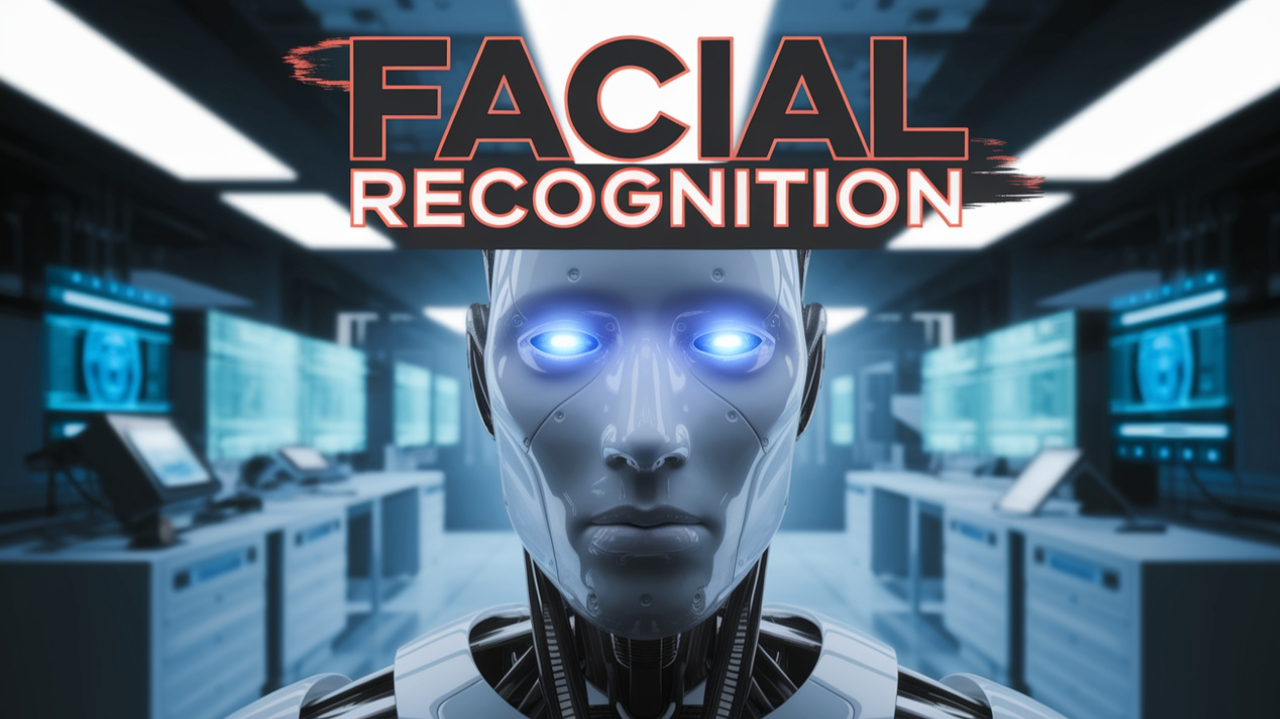
This comprehensive course on face recognition delves into the principles, techniques, and applications of facial recognition technology. Participants will learn from foundational concepts to advanced methodologies, preparing them for practical implementation in real-world scenarios.
Course Levels
-
Level 1: Introduction to Face Recognition
This level introduces the basics of face recognition technology, its history, and its significance in various domains.
-
Level 2: Fundamentals of Image Processing
At this level, learners will explore the fundamental techniques in image processing essential for face recognition.
-
Level 3: Face Detection Techniques
This level covers advanced face detection algorithms and methods that form the backbone of face recognition systems.
-
Level 4: Feature Extraction Methods
Learners will understand various feature extraction techniques used in face recognition systems.
-
Level 5: Face Recognition Algorithms
This level dives into the algorithms utilized in recognizing faces from extracted features.
-
Level 6: Advanced Topics in Face Recognition
Learners will explore cutting-edge advancements in the field of face recognition technology.
-
Level 7: Implementing Face Recognition Systems
This level focuses on the practical implementation of face recognition systems using popular frameworks and tools.
-
Level 8: Evaluation and Performance Metrics
Learners will understand how to evaluate the performance of face recognition systems using various metrics.
-
Level 9: Future Trends in Face Recognition
This final level discusses the future trends and research directions in the field of face recognition.
Course Topics
-
Benchmarking Face Recognition Algorithms
# Benchmarking Face Recognition Algorithms ## Introduction Benchmarking is a critical process in evaluating the performance of face recognition algorithms. It involves comparing various algorithms ag...
-
Feature Extraction in Images
# Feature Extraction in Images Feature extraction is a crucial step in image processing and computer vision, especially in the context of face recognition. It involves identifying and quantifying sig...
-
Eigenfaces and PCA (Principal Component Analysis)
# Eigenfaces and PCA (Principal Component Analysis) ## Introduction Eigenfaces is a technique used in the field of face recognition that employs Principal Component Analysis (PCA) to reduce the dimen...
-
Cross-Age Face Recognition
# Cross-Age Face Recognition Cross-age face recognition is a challenging problem in the field of face recognition, which involves identifying individuals from images taken at different ages. As human...
-
3D Face Recognition Techniques
# 3D Face Recognition Techniques 3D face recognition is an advanced technology that utilizes three-dimensional data to identify and verify individuals. Unlike traditional 2D face recognition, which c...
-
Troubleshooting Common Implementation Issues
# Troubleshooting Common Implementation Issues Implementing face recognition systems can be challenging, and various issues may arise during the process. This section will cover common problems and t...
-
HOG (Histogram of Oriented Gradients) Method
# HOG (Histogram of Oriented Gradients) Method ## Introduction The Histogram of Oriented Gradients (HOG) is a feature descriptor used in computer vision and image processing for object detection. It ...
-
Real-world Case Studies and Performance Analysis
# Real-world Case Studies and Performance Analysis In the rapidly evolving field of face recognition technology, understanding the real-world implications and performance of these systems is crucial....
-
Basic Concepts in Image Processing
# Basic Concepts in Image Processing Image processing is a crucial aspect of face recognition technology. It involves various techniques to enhance, analyze, and transform images. This section will c...
-
Deep Learning Models for Face Recognition
# Deep Learning Models for Face Recognition Face recognition technology has evolved dramatically over the past few years, with deep learning models providing state-of-the-art performance. This sectio...
-
Understanding Pixels and Color Spaces
# Understanding Pixels and Color Spaces ## Introduction In the realm of image processing, understanding pixels and color spaces is fundamental. Pixels are the smallest unit of an image, and color spa...
-
Regulatory and Ethical Future Considerations
# Regulatory and Ethical Future Considerations in Face Recognition The rapid advancement of face recognition technology has raised significant regulatory and ethical concerns that must be addressed a...
-
Understanding True Positive, False Positive, and Accuracy
# Understanding True Positive, False Positive, and Accuracy In the realm of face recognition and machine learning, evaluating the performance of a model is crucial. Metrics such as True Positive (TP)...
-
Neural Networks and Face Recognition
# Neural Networks and Face Recognition Face recognition is a complex task that involves identifying or verifying a person from a digital image or a video frame. In recent years, neural networks have ...
-
Overview of Popular Frameworks (OpenCV, Dlib, etc.)
# Overview of Popular Frameworks for Face Recognition In the realm of face recognition systems, various frameworks have emerged as powerful tools that simplify the development and deployment of these...
-
Ethics and Privacy Concerns in Face Recognition
# Ethics and Privacy Concerns in Face Recognition Face recognition technology has advanced significantly in recent years, becoming a critical tool in various fields, including security, marketing, an...
-
F1 Score and Precision-Recall Analysis
# F1 Score and Precision-Recall Analysis In the context of face recognition systems, evaluating the performance of your model is crucial to understanding its effectiveness. Two important metrics for ...
-
Real-time Face Detection Techniques
# Real-time Face Detection Techniques Face detection is a critical component of facial recognition systems. In this section, we will explore various techniques used for real-time face detection, emph...
-
AI and the Future of Face Recognition
# AI and the Future of Face Recognition ## Introduction Face recognition technology has undergone drastic transformations due to advancements in artificial intelligence (AI). From the early days of s...
-
Image Representation and Types
# Image Representation and Types ## Introduction In the realm of image processing, understanding how images are represented and the different types of images is essential. This knowledge serves as a ...
- And 25 more topics...